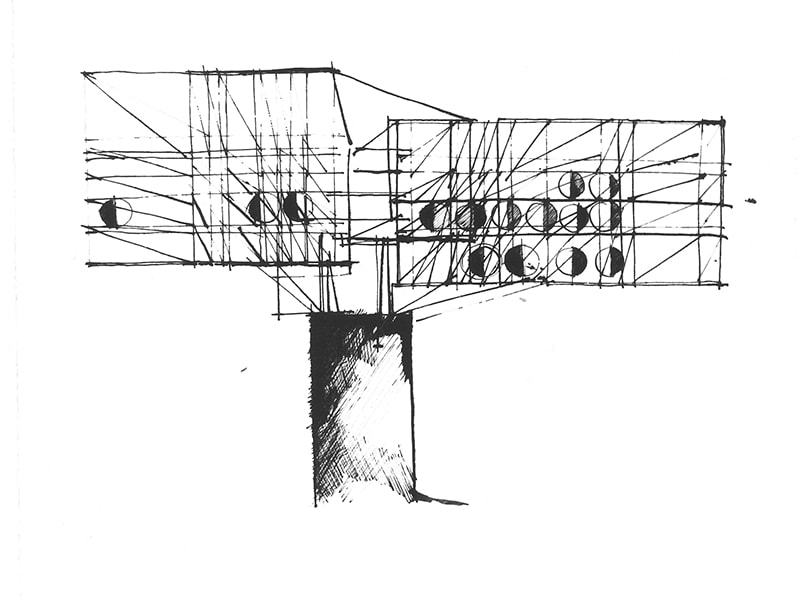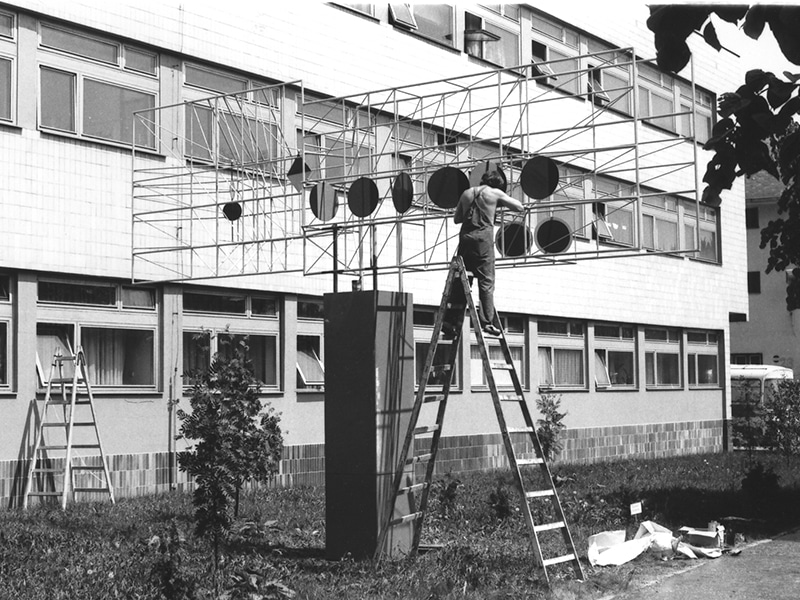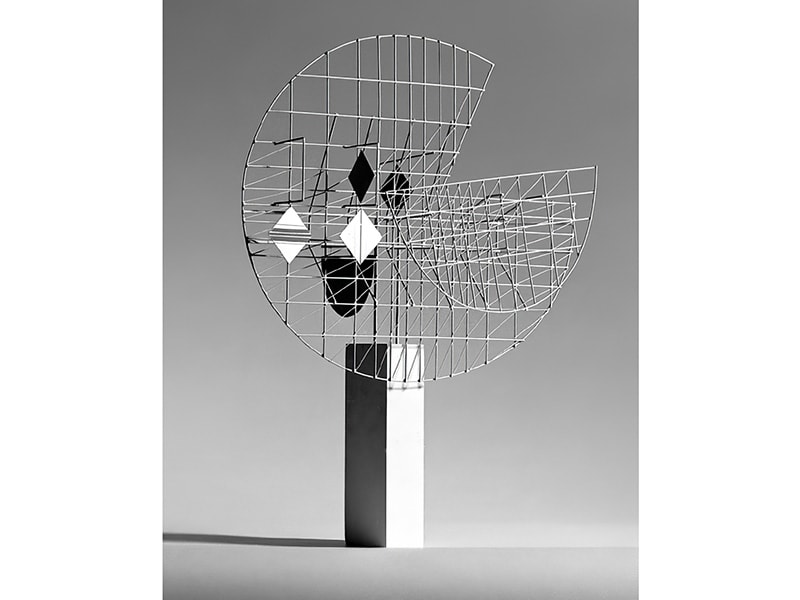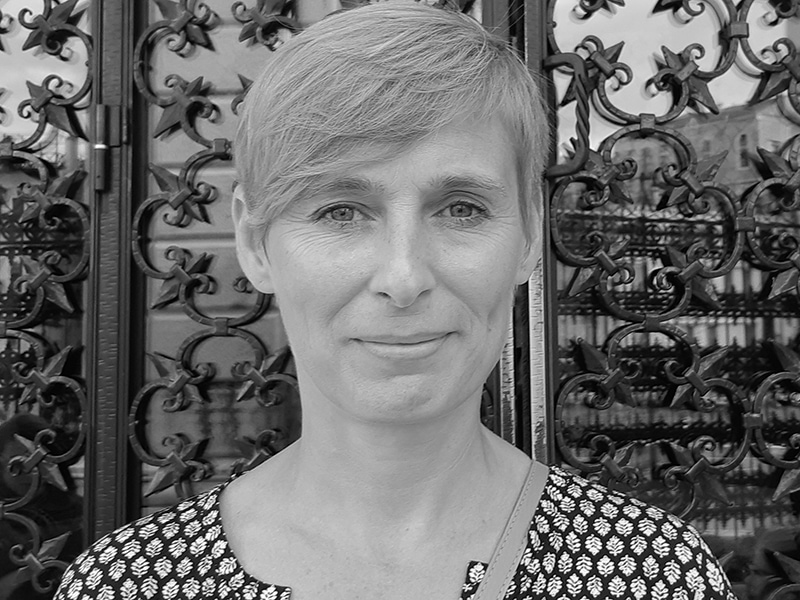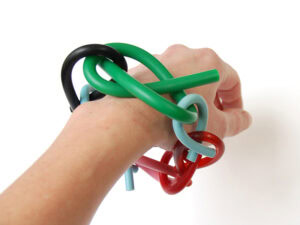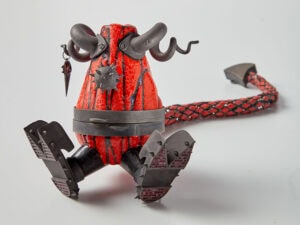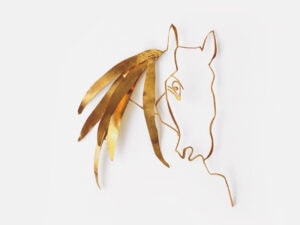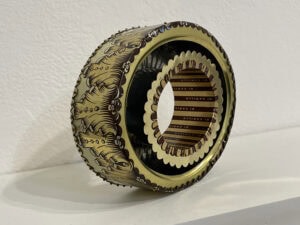- Anton Cepka was among the earliest makers of contemporary author jewelry
- In 1990 he founded the Metal and Jewelry Studio at the Academy of Fine Arts and Design in Bratislava
- The Slovak artist made not only jewelry, but also sculptures and kinetic structures

Sad news reached the world of jewelry makers at the end of 2022. Anton Cepka, rightfully referred to as one of the founders of contemporary author jewelry, had died. His abstract geometrical constructions are part of many private and public collections, as well as publications dedicated to our craft. Many will surely remember his retrospective exhibition held at Die Neue Sammlung – The Design Museum, in Munich, in 2015, in addition to several other exhibitions. The vibrance of his jewels and objects seems to resist time. They remain a permanent source of inspiration for perceptive spectators and several generations of artists.
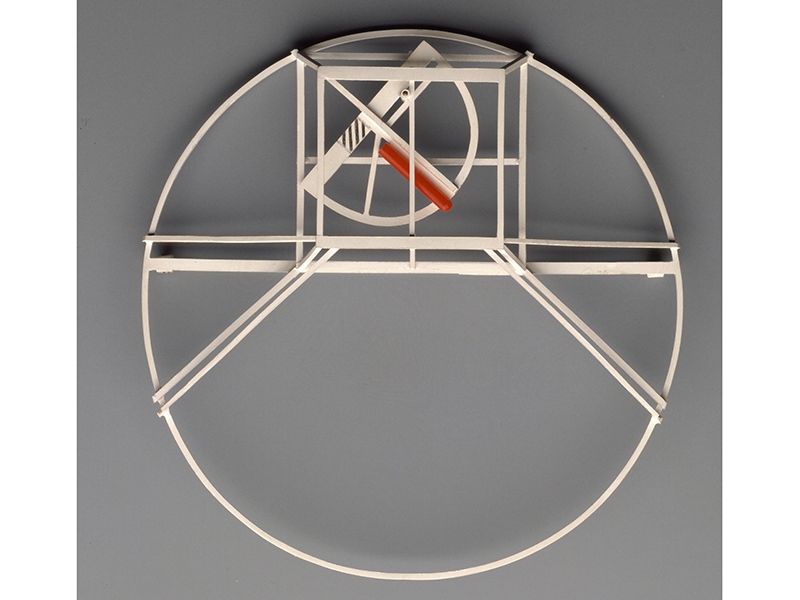
It is not my place to evaluate his work, nor is it even necessary. However, I would like to share my memories of him as a person, teacher, and artist who helped me to open the door into the world of author jewelry. I first heard of his name and work when I was a high school student. I didn’t meet him in person until I entered the academy, however. I was fortunate to be one of the first students of the newly established Metal and Jewelry Studio, which he founded and headed in 1990 at the Academy of Fine Arts and Design in Bratislava.
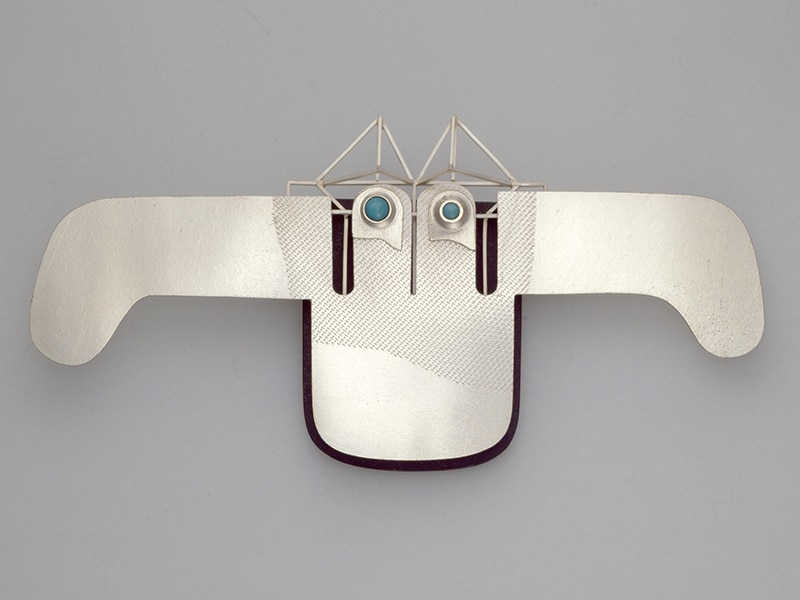
It was no easy task for him, and I’m not quite sure if he felt comfortable in the role of teacher. He was a gentle and quiet man. It is generally known that he did not like to talk much. He did not enjoy being the center of attention. These are not traits one would normally ascribe to teachers. However, I am endlessly thankful to him that despite everything he decided to guide us on the path to art. The period following the Velvet Revolution, when he worked as a teacher, was full of enthusiasm and expectations, as well as problems, uncertainty, and turbulent changes. We students entered the world of author jewelry with enthusiasm, although we felt that life after school would not be easy. Cepka was a natural authority and role model. His life and his work were good examples for us.

He did not talk much during our discussions about our unfinished works. The less he talked, the more we had to listen. He taught me to try to understand what was not said. He taught us to use artistic language, to feel the material. He emphasized composition. Up to today, I spend lots of time shifting lines and individual elements to achieve the best possible arrangement. Look at Cepka’s jewelry. Try to imagine any of the lines shifted by one or two millimeters. It wouldn’t be the same, it wouldn’t work.

He taught us to look at an object as a whole, but also to pay attention to every single detail, which is extremely important in jewelry. The secret of the vibrancy of his structures lies in the details, in the small imperfections of jigsaw cuts. The same construction made by more advanced technology and without his typical rhythm would be boring.
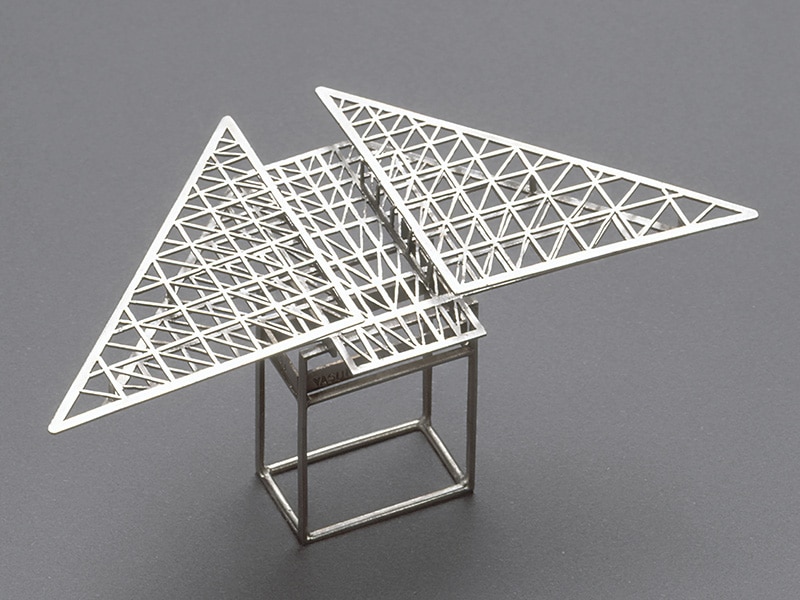
Cepka taught us to notice and be inspired by our surroundings. It is well known that he was enchanted by the world of technology, radar, satellites, and cosmic technology. This was to some extent due to the surrounding environment when he began to create. The Czech art historian Alena Křížová wrote this about his work: “The objects and sculptures evoke the structures of radar, antennas, airplanes, and spaceships, while the jewelry resembles miniature models of the same.”1 But he also collected details from everyday life. He intuitively incorporated these into his works. Each implementation was preceded by thorough drawing preparation, which he also required from his students.
He liked to spend time in his vineyard, in Svätý Jur, and outdoors. When I was stuck on an artistic issue, he sent me to the woods. We students frequently quoted this recommendation with laughter, but he was right. It’s important to know how to stop in the middle of a project, step back, and look at the issue from a different perspective.
Motion and kinetics have a special place in Cepka’s work. He applied them throughout his career. He did not use complicated mechanisms, however. According to Viera Kleinová, an art historian and curator at Slovak National Gallery, “Cepka has been [most] inspired by Calder’s rocker arm and naturally motivated, spontaneous movement activated by wind or human impulse. Calder’s non-hierarchical, colorist principle[s] suited him.”2 During my studies I was charmed by this aspect of his work. I myself tried to create movable and variable jewels. I admit that some of my jewelry perhaps resembled his works. When commenting on my fascination with self-serving motion he said, “If it’s no good, let it at least move.”
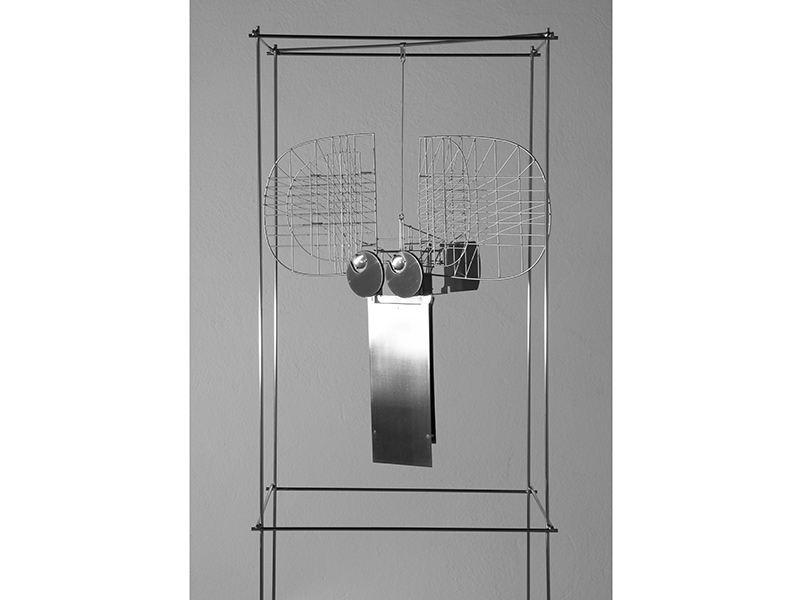
Silver was his favorite material. He preferred its white surface. Cepka perceived color as a part of the material. He used it in the form of detail to complete compositions. A small piece of red plastic, a rock, a magnifying glass, or other small colorful pieces perfectly completed the corpus of his objects. I intentionally write objects, because in addition to jewelry, Cepka’s work included small sculptures or even larger architectural implementations.

As the art historian Katarína Bajcurová wrote in the catalog accompanying a 1996 exhibition of his work: “For Cepka, his art is not primarily a matter of dimension, not even of function or purpose. The aim of his creative striving and searching is always an aesthetically ‘self-supporting’ artistic object—regardless of whether it adds an extra feature to the soft and supple curves of a female body or sober space in modern structure.”3 And this is how he led us. Our study was not oriented toward jewelry alone. He also had us work on assignments which overlapped into other media, although at times I attempted (unsuccessfully) to resist them.

From 1992 to 1994, Cepka and Karol Weisslechner organized the Summer School of Artistic Jewel in Kremnica for us. It was an exceptional time, full of creativity and dialogue that moved us forward in our work. Weisslechner, the young, enthusiastic colleague, complemented the quiet older teacher. When Cepka left the school, Weisslechner stepped in and respectfully followed in his mentor’s approach of perceiving author jewelry as a fully fledged, self-confident fine-art medium. He continues to bring up new generations of artists in this way.
Cepka did not work for a long time at our academy. However, he left behind an indelible imprint. We students used the word “master” when referring to him. And we were serious about that. We esteemed him highly. He was kind and he guided us in his special discreet manner. He also left us enough space to develop independently. I can still see him standing by the table in his favorite gray pullover, observing our work as we waited expectantly for a word from him. Upon hearing of Cepka’s passing, the gallerist Charon Kransen wrote: “… the passing of a giant …we all stand on his shoulders … he paved the way for many of us.”4
Anton Cepka did his work sincerely and with silent resolution. The world appreciated him for that, although such appreciation was never his goal. I will always hold dear the memories of the time I spent with him. I feel sorrow for his passing, but my overriding emotion is that of gratitude.
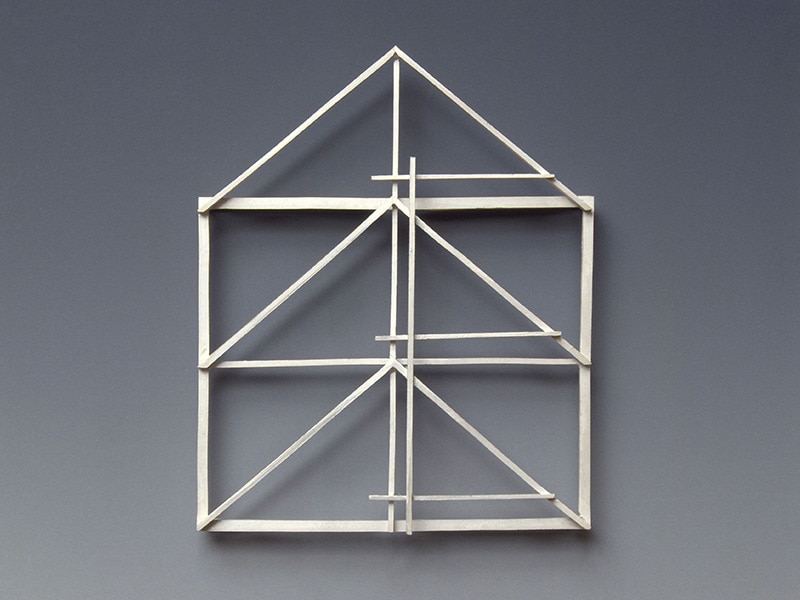
1 Alena Křížová, Anton Cepka—The Key Initiator, in Anton Cepka, Jewelry and Objects, German/English edition (Munich and Stuttgart: Die Neue Sammlung – The International Design Museum Munich and Arnoldsche Art Publishers, 2015) 14.
2 Viera Kleinová, Anton Cepka, Kinetický Šperk, Kinetic Jewelry, catalog (Bratislava: Slovak National Gallery, 2016) 13.
3 Katarína Bajcurová, Anton Cepka, catalog (Bratislava: Slovak National Gallery, 1996) 7.
4 Charon, Kransen, commenting under a @jana_machatova post on Instagram, December 31, 2022.
